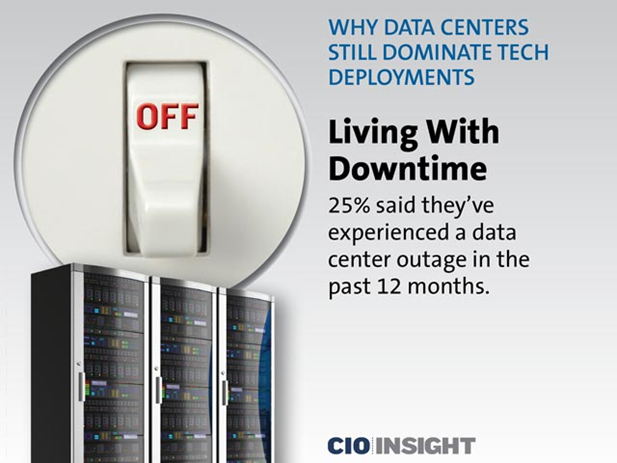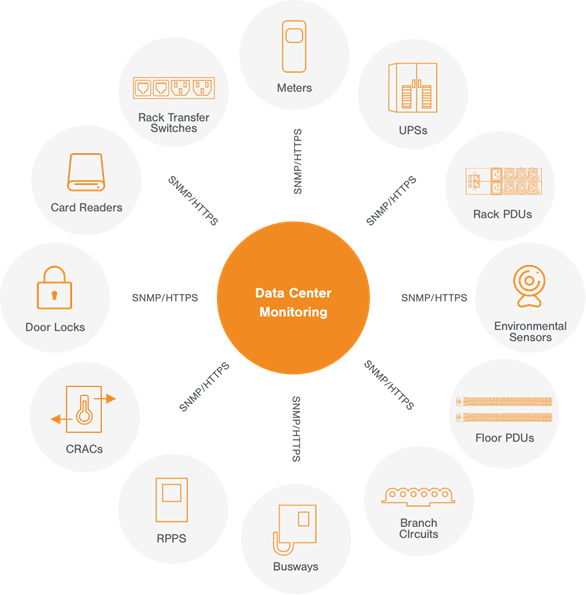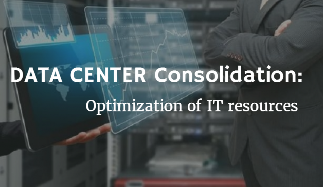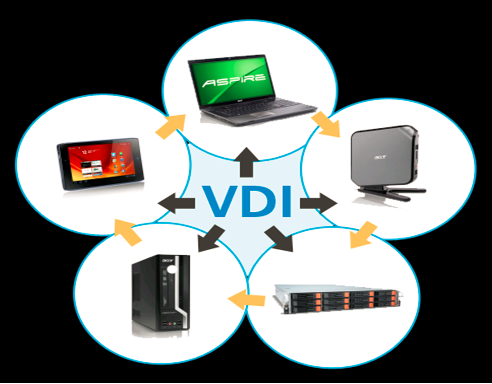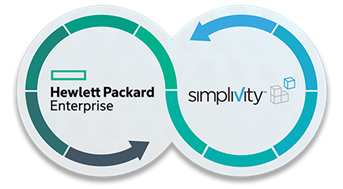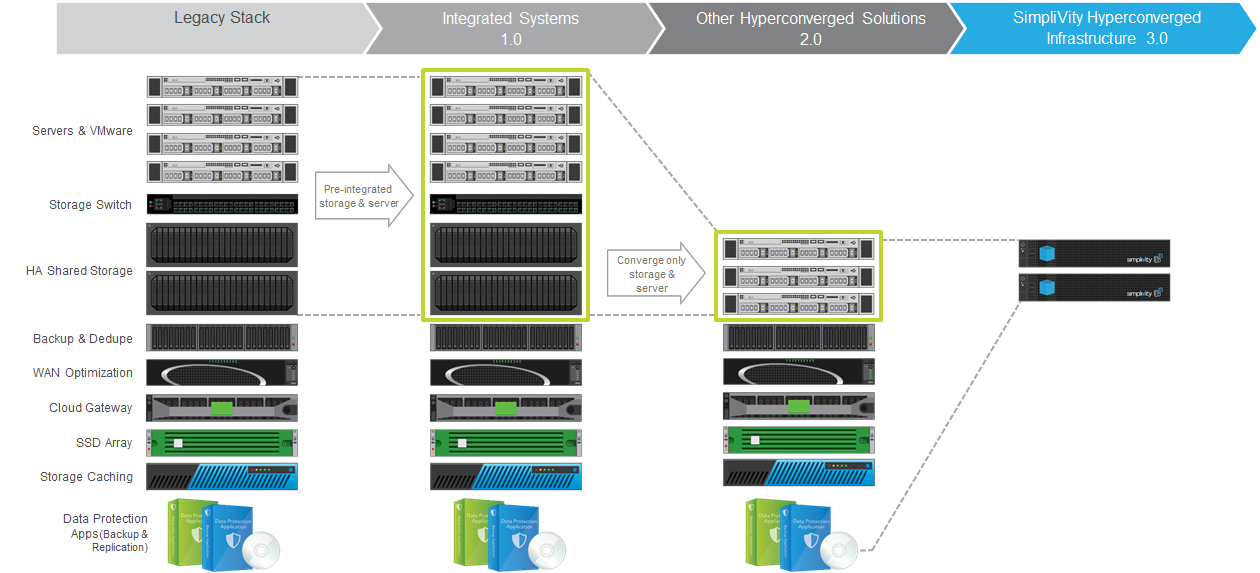DCIM software is a class of software that gives Data Centre operators the ability to run efficient Data Centre operations and improve Data Centre infrastructure planning and design. It typically replaces Excel, Visio, and home-grown databases. DCIM software can bridge information across organizational domains – Data Centre Ops, Facilities, and IT to maximize utilization of the Data Centre.
Watch our DCIM Video Start Video “The 2 Minute Drill”
An Introduction to Sunbird DCIM Software
